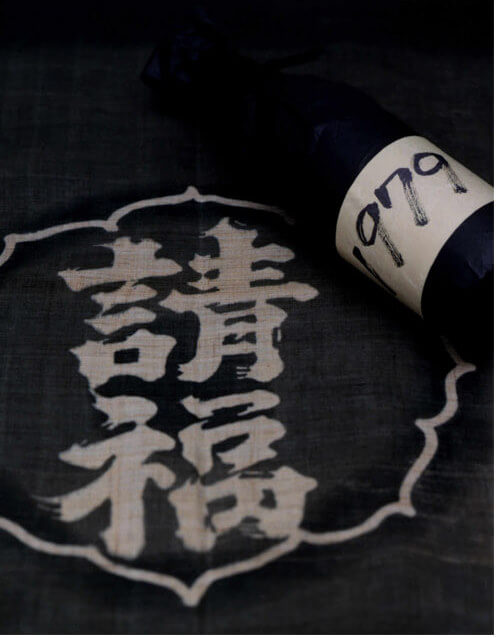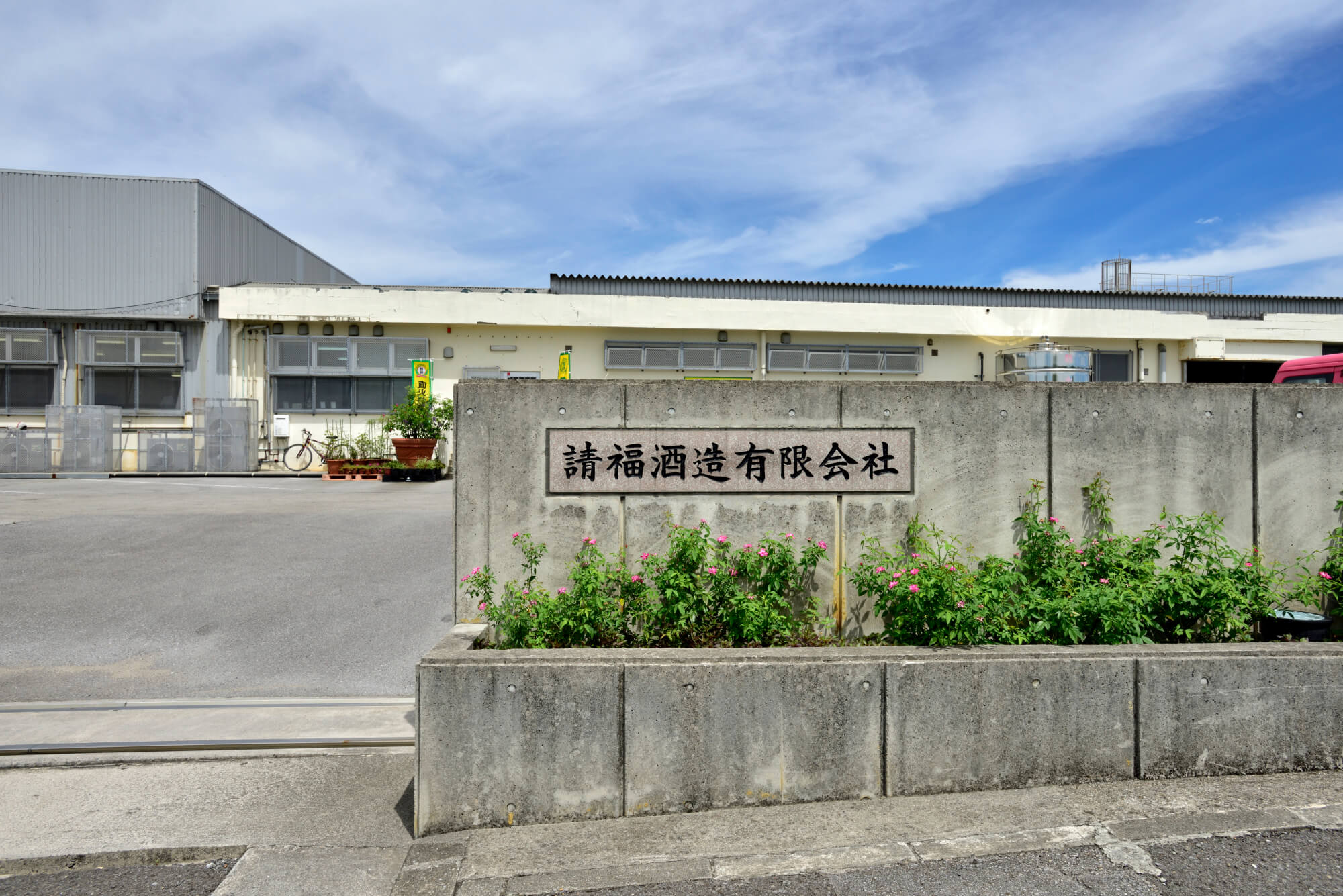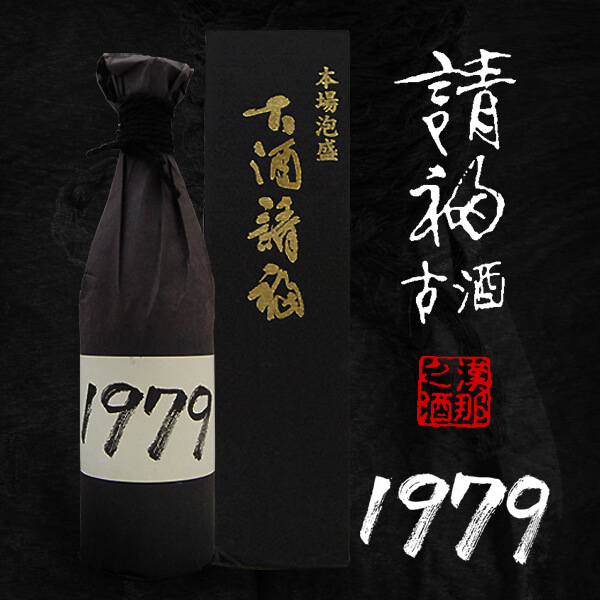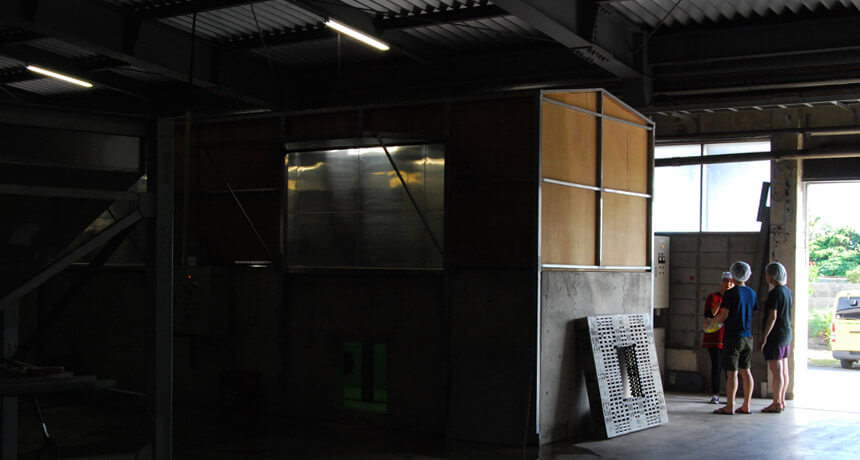‘Awamori’, an Alcohol Produced in Okinawa for 500 Years
Like wine, this alcohol can be left to age, and Awamori 1979 from the Seifuku Distillery was only bottled two decades later.

© Seifuku Distillery. Co.,Ltd.
‘1979’ is the name of a song (a melancholic one, of course) by The Smashing Pumpkins, but it’s also the year of the birth of this awamori. This alcoholic beverage, distilled from indica rice, was only bottled—by the famous Seifuku distillery—in 2000. The Awamori 1979 has a light, refreshing taste, and is sold at the staggering price of 239,484 Japanese Yen (roughly 2,200 euros).
A variant of the more classic shochu (a Japanese alcoholic drink made from rice or barley), awamori has been produced on the tropical archipelago of Okinawa since the 15th century. The first time you take a sip of this beverage that dates back more than 500 years, it’s quite possible that your lips will twist into an expression like that produced by drinking a very strong liquor: awamori contains 30% alcohol, and the percentage increases with age.
There are three types of awamori: ippanshu, non-aged; kusu, aged for at least three years; and hanasake, which contains 60% alcohol and is produced only on the island of Yonaguni.
More information on Awamori 1979 can be found on the Seifuku distillery’s website (only in Japanese).

© Seifuku Distillery. Co., Ltd.

© Seifuku Distillery. Co., Ltd.

© Seifuku Distillery. Co., Ltd.
TRENDING
-
The Tattoos that Marked the Criminals of the Edo Period
Traditional tattoos were strong signifiers; murderers had head tattoos, while theft might result in an arm tattoo.

-
Paris, Tokyo: Robert Compagnon
With his co-chef and talented wife, Jessica Yang, Robert Compagnon opened one of the top new restaurants in Paris: Le Rigmarole.
 3:31
3:31 -
Chiharu Shiota, Red Threads of the Soul
Last year, more than 660,000 people visited the retrospective 'Chiharu Shiota: The Soul Trembles' exhibit at the Mori Art Museum.

-
‘Before Doubting Others, Doubt Yourself. Who Can Truly Say a Dish Isn’t What It Used to Be?’
In ‘A Non-Conformist’s Guide to Surviving Society’, author Satoshi Ogawa shares his strategies for navigating everyday life.

-
The Story of Sada Yacco, the Geisha who Bewitched Europe
Described by Dazed magazine as the first beauty influencer, she has been restored to her former glory since 2019.





